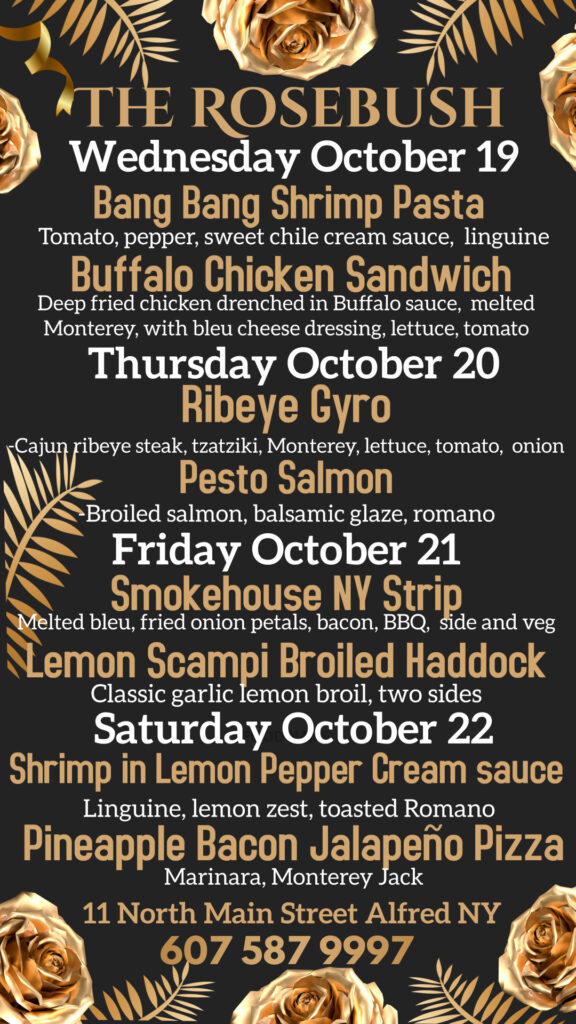By Bob Confer
Often readers and social media friends will ask me for suggestions regarding feeding birds in the winter. Those are good questions to ask, because done properly, bird feeding can give you hours of enjoyment and some special insight into the life of songbirds. If done poorly, bird feeding can cost you too much money, bring in unintended feathered pests, and spread disease.
Here are some reflections on my experiences and preferences…
Mixed seed
Mixed seed is the most common type of birdfeed out there. You can find various mixed bird seeds for sale almost anywhere, from grocery stores to hardware stores.
I used to have a traditional feeder in my yard that was used to deliver this stuff, but ten years ago I completely ditched the use of mixed seeds. I am much richer for it – both in terms of my finances and my bird watching experiences.
I had found that mixed seeds, especially out where I live in farm country, had attracted too many undesirable birds that didn’t have the ability or desire to crack larger seeds but were well-fitted to consume small seeds. My yard would be besieged by house sparrows, starlings, and cowbirds. You don’t really want to feed those birds – the first two species are invasives that have accounted for the decline in native birds while the cowbird survives only by forcing its eggs and young upon other birds, to the detriment of the adoptive parents’ population.
Because of those avian fiends visiting my yard by the dozens, I would go through a whole feeder and a half of mixed seed every day. Over the course of a winter, that could put you in the poor house.
Sunflower seeds
Now, I use that traditional feeder and another tube feeder with large openings to administer sunflower seeds. This keeps the undesirables away, and instead attracts birds you want to see: chickadees, jays, woodpeckers, nuthatches, cardinals, titmice, and finches of various sorts. The finches have bills built for cracking seeds and eating their contents right at the feeder, while the chickadees and nuthatches have to do a little work to crack them open elsewhere, often using trunks and branches as levers and braces.
There are two types of sunflower seeds on the market – striped and black oil. I prefer black oil seeds because they are much easier for birds to open. Striped seeds are tough and you will find that fewer species and fewer numbers of birds have interest in them. Another plus is that black oil sunflower seeds are cheaper – a 40-pound bag will cost you around $30, even as little as $23 when on sale, and that bag will last quite a while (Know that those prices are a third more than they were just a couple years ago because of inflation and what’s happening in Ukraine).
I also make it a point to buy sunflower with the shells intact. There are sunflower hearts and chips available on the market, but they can spoil easily in the feeder (even in just a day or two if they get rained on) and will make birds sick.
One drawback to sunflowers is the shell casings that will be left on the ground below your feeders. You will have to rake and shovel them up at least once a week.
Nyjer or thistle
Nyjer seeds are a type of thistle seed and they are small and expensive…you might find them to cost $3 to $4 per pound depending on where and when you shop. But, despite the cost, a 10-pound bag of nyjer will last a very, very long time. I can make that last all winter, even if my yard is frequented by a dozen or so finches on a daily basis.
Nyjer is one of my favorite seeds as the feeders attract some interesting birds – they will bring in goldfinches and winter irruptives from the Far North like the very tame pine siskin and the occasional redpoll.
There are two ways to offer these seeds. One is a tube feeder made of metal or plastic mesh that the finches will hang from and pull seeds from. I used to use mesh feeders but stopped because they can be a pain to clean. It doesn’t take much for cracked nyjer seeds to spoil, so any seeds or casings left in the lower basin of a tube feeder will rot and make birds sick unless you clean it regularly (at least once a week).
A cleaner alternative to the tube feeder is the sock feeder. They typically feature a dome under which a sock or two hangs. In that sock you will put nyjer seed and the birds will do as they did with the mesh – hang from it and pull the seeds through the little holes. The socks can be cleaned easily and not that they need much of it — they harbor very little disease — and most feeder kits come with multiple replacement socks.
It takes quite a while for flocks of birds to consume nyjer, so never fill the socks all the way up — even a third of the way might be pushing it. You will have to watch how the birds pace themselves over the first few weeks before you go wild filling the socks.
Suet
Suet, which is animal fat filled with other avian culinary delights like peanuts and sunflower seeds, is a vital part of my feeding station. It is especially beneficial in winter, as its high energy sustains many species of birds. My suet cakes are frequented mostly by woodpeckers, but jays and nuthatches will peck at it, too. These cakes are placed in a small wire basket that is hung from a tree. Some people who live in or near forests will buy the gigantic suet blocks which attract the very large pileated woodpeckers.
Unlike seeds, suet should not be used all year. While many producers make “melt-free” suet that won’t drip or rot in the summer months, that’s not the issue. I don’t use it in breeding/nesting season because birds will get the greasy fat on their feathers, take it back to the nest, and then potentially pass it on to the eggs, which can suffocate the baby birds inside if the grease is so thick it covers the minute breathing holes on the egg’s surface. You can’t tell with the unaided eye, but an egg can have more than 10,000 of these small pores which allow carbon dioxide to exit the egg and air to enter. I would strongly suggest for that reason you don’t hang suet from April 1st through August.
Enjoy watching the birds at your feeders this feeding season – they add color and cuteness to our sometimes depressing winters.






